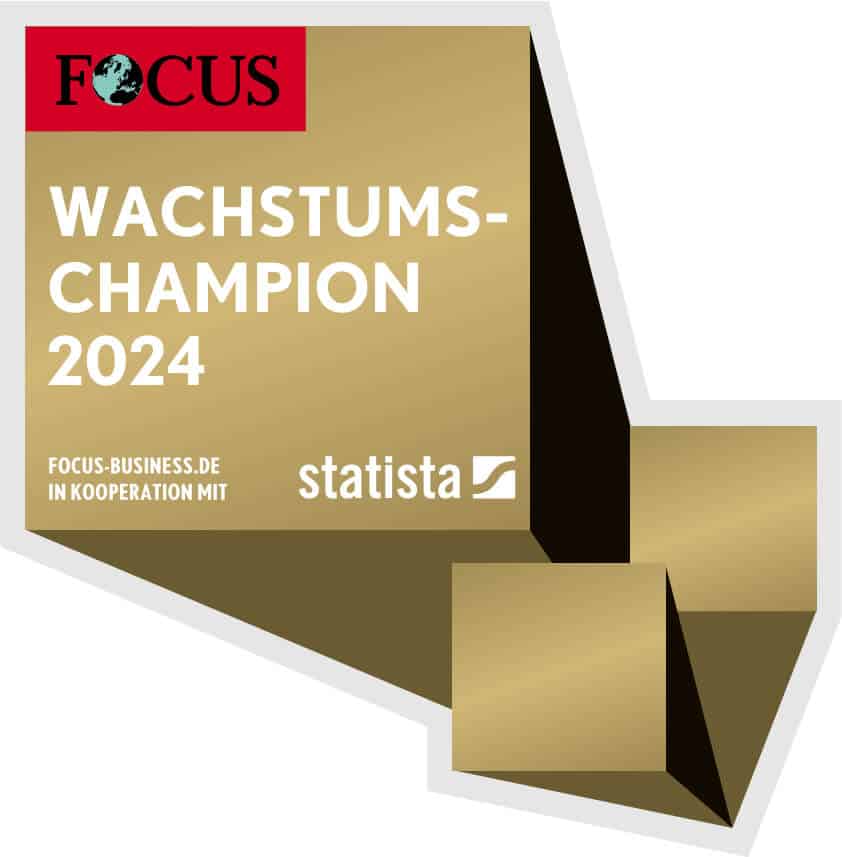We all know it: the classic vacation request process. Print out the leave form, fill it in and forward it to your line manager. They check it and decide whether to approve or reject the leave. If approved, the leave request is then returned to the employee, who forwards it to the HR department, where the data has to be re-entered into the leave file. A workflow solution can remedy this long approval process. But how do you get your employees to use the new system? This article shows you ways and means of minimizing resistance from your workforce, mobilizing your employees and successfully introducing change.
The phases of change management
According to Krüger*, change management can be divided into the following five phases:

While the Initialization describes the process initiation itself, the direction of the change during the Conception clearly defined, targets are set and suitable measures are developed.
The phase of Mobilization includes the Communication of the change concept with the aim of overcoming acceptance hurdles and developing a readiness for the impending change. In addition, the conditions for the upcoming change should be created during this phase, for example by learning new skills.
The actual implementation of priority tasks and follow-up projects takes place in the Implementation phase. At the end of this phase and during the Stabilization phase this leads to continuous further development. The results must be anchored so that employees do not fall back into old habits with regard to the process to be changed.
Mobilizing employees through communication
In order to minimize employee resistance to change, the mobilization phase is therefore crucial: the impending change must be communicated at an early stage. If possible, employees should be involved in the development process and informed about the purpose and relevance of the project. Such communication projects can be, for example
- Communication via e-mail: The dispatch should be carried out by the management body so that the seriousness of the project is conveyed.
- Communication via intranet: A few weeks in advance so that employees can be given the opportunity to participate in the development.
- Personal communication: Managers can announce upcoming changes in the weekly department meetings.
- Notices: For employees without access to a PC, the information can be displayed in public areas such as a canteen or snack room.
- Events / Events: A business breakfast or works meeting can serve as a communication platform.
Depending on how internal communication is structured in your company, there are numerous other ways in which you can mobilize your employees.
Making it easier to get started with the new system
The skills required to master the new system must also be taught. This takes away employees' "fear of failure" and familiarizes them with the new processes. Preparation projects can be, for example
- Trainings / Trainings: Depending on economic efficiency Personal or online training for employees be carried out.
- Guide on the intranet: A self-explanatory guide enables employees to use the new system successfully, even without training.
- IT support: If questions or problems arise, a contact person who is familiar with the process should be made known.
These examples of how you can mobilize your employees are elementary: in addition to additional options, you should make the most of these three.
Mobilize employees - in the run-up to and during implementation
In order to avoid possible employee resistance to the introduction of a new workflow system, it is therefore important to mobilize employees: Early communication of the change is elementary in order to give employees the chance to participate in the system and be involved in the process. In addition, employees must be familiarized with the capabilities of the new system in order to break down possible internal barriers due to "fear of failure".
—
* Krüger, W. (2009). Excellence in Change - Paths to strategic renewal. 4th edition. Wiesbaden. Gabler Verlag, p.70.
This article was written by Professor Dr. Peter Steinhoff in collaboration with Julia Mederer.
(Cover image: © REDPIXEL| fotolia.com)


